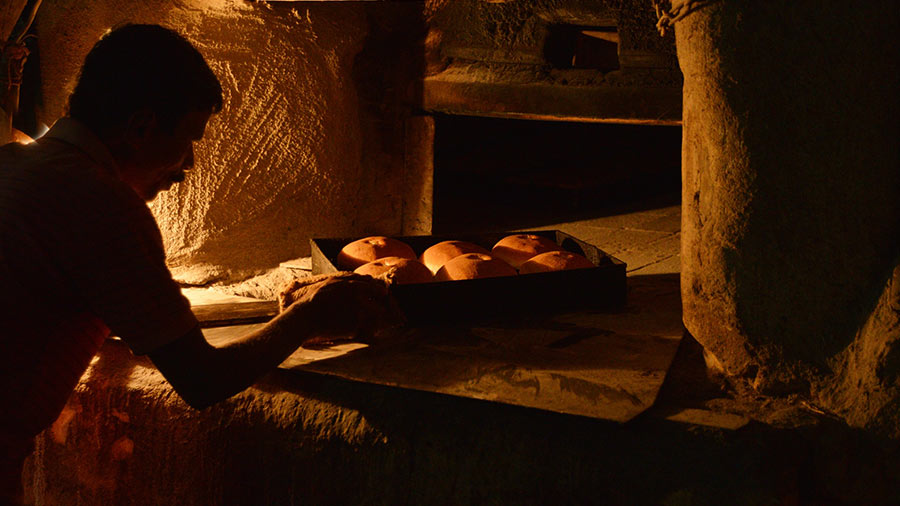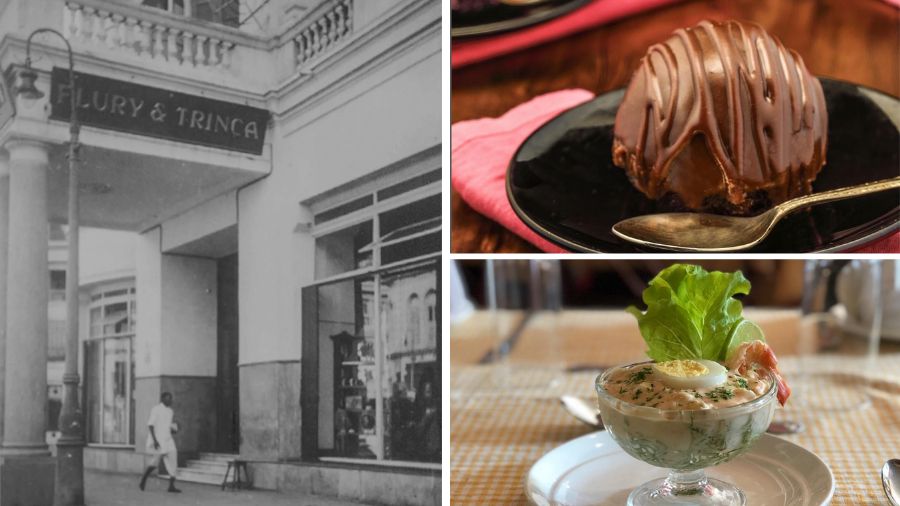Kolkata has a long relationship with baked goods. Among the many delicacies the city and the state have to offer, baked confectionaries find a special place. The tradition of baking came to India with the Portuguese, Dutch and French settlers. The Europeans returned to their land but the culinary culture has remained.
In their latest book, Cherries and Cream, The Baking & Confection Legacy of Bengal, photographer Anirban Mitra, and Gouri Basu, former director Eastern Zonal Cultural Centre, explore the tradition of bakeries and baking in Bengal.
As the scent of Christmas plum cakes fill Kolkata gullies, and the queues outside bakeries grow, My Kolkata sat down for a candid chat with the authors of the book.

The book, published by EZCC Ministry of Culture, Govt. of India. and distributed by Rupa & Co has been a year in the making
Tracing history
Bakeries in Bengal have been a result of the contribution of several cultures and endeavors. What was earlier set up exclusively for the patrons from the European community along the banks of the Hooghly, slowly expanded to the local elite members and then to the general public. Auckland Hotel, renamed Great Eastern Hotel, which baked the best bread and came to be known as ‘The Bread Basket of the East’; Firpo’s, that sold several varieties of bread and confectioneries in the 1800s; Jewish Nahoums in 1902 and the Goan Saldanha Bakery — Kolkata’s bakeries became places of much repute in the baking world.
Cherries and cream
Talking about the book taking shape, Basu pointed out, “We are always quite inclined in creating visual narratives on the themes pertaining to our culture and heritage. To tell lovely stories in form of fine publications — something that will remain for posterity as great sources for delight, discovery, future reference, study and reflections.”
“Anyone and everyone, who’s interested in illustrated narratives, in the history, heritage (especially culinary heritage) of Calcutta and Bengal, in the legacy of baking — we wanted to present them with a truly memorable and enchanting volume of richly curated content that has been put together carefully and with great effort, “ she added.
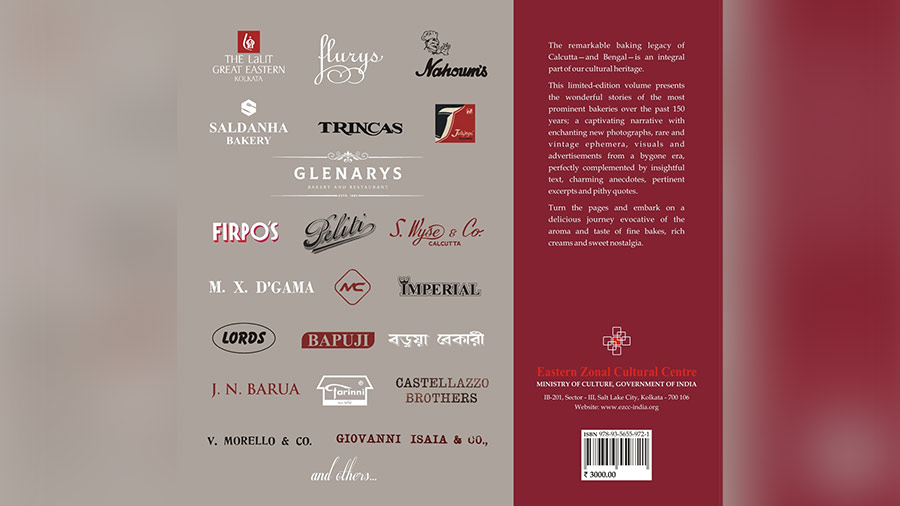
The bakeries featured in the book have a history that is at least half a century old
Researching a book
The scope of the book comprises rare and unseen photographs, period photographs, ephemera, old advertisements, special features, anecdotes, excerpts, signature items, interviews and more.
Talking about the research work, Anirban Mitra said, “The project was planned and initiated in December of 2021 and the research and production commenced immediately thereafter. We had a fair idea about the approach. The book was ready by September 2022. It took us around six months to have the entire content and more than around a couple of months for designing, printing and making the books ready.”
Talking about all the establishments featured in the book, he added “In this book, we presented those illustrious enterprises — bakers and confectioners — that have been around for half a century or more; names we can recognise instantly and have significant recall value, as well as those whose memories have faded somewhat. We took a purely subjective and theme-based narrative approach and the volume does not claim any specific degree of comprehensiveness in terms of coverage, though we have tried to include all those establishments that meet the aforesaid criterion. We were as detailed as can be, so that the inclusions enrich and embellish the book to be a delightful, collector’s edition. In fact, we can confidently say it goes the full spectrum.”
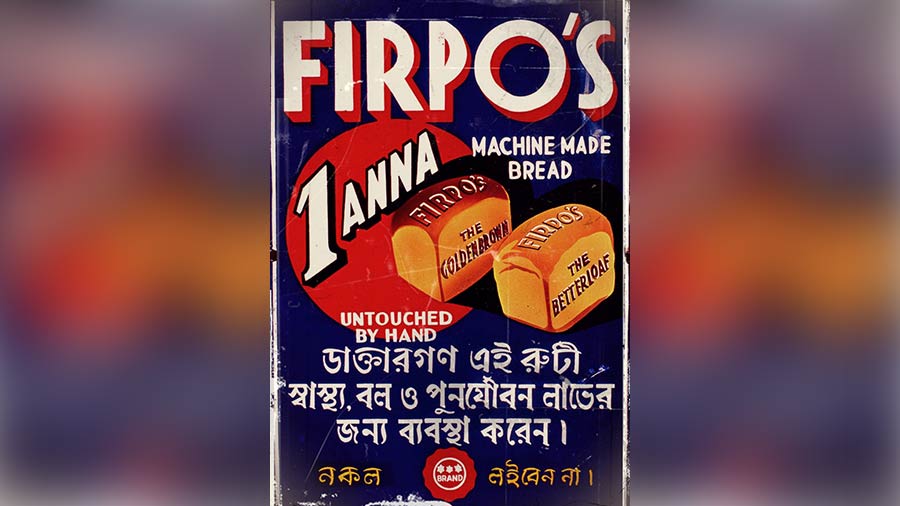
Firpo’s was known for its bread in the 1800s
According to Basu, almost all the bakery and confectionery brands included in this book are being exclusively showcased in this manner (as full-fledged chapters) for the very first time. “For some of them, like M.X.D Gama and Wyse & Co, there was no information in the public domain until now. They are debuting in the book as illustrated, detailed stories, directly from the owners. In many cases, finding out the stories required great perseverance and effort, but it has been well worth it!”
There were instances when they followed a trail of more than 25 people to gather information and materials to have the story, Basu added. “This is nothing short of a thorough investigation, done with utmost passion and relentless efforts in making the book special. There are more than 60 people, including organisations and institutions, we reached out to and interacted with in the process of creating and researching the content and the narrative.”
Then and now
When asked if the research brought forward the evolution or difference in bakeries from the time it started to today, Mitra answered, “Every bakery brand we showcased in the book has a distinct imprint — rich legacies in their menu and repertoire, and have individual specialties. And most importantly, they are traditional items that have stood the test and taste of time! These heritage brands carry on the good-old traditional bakes and confections, while also offering newness.”
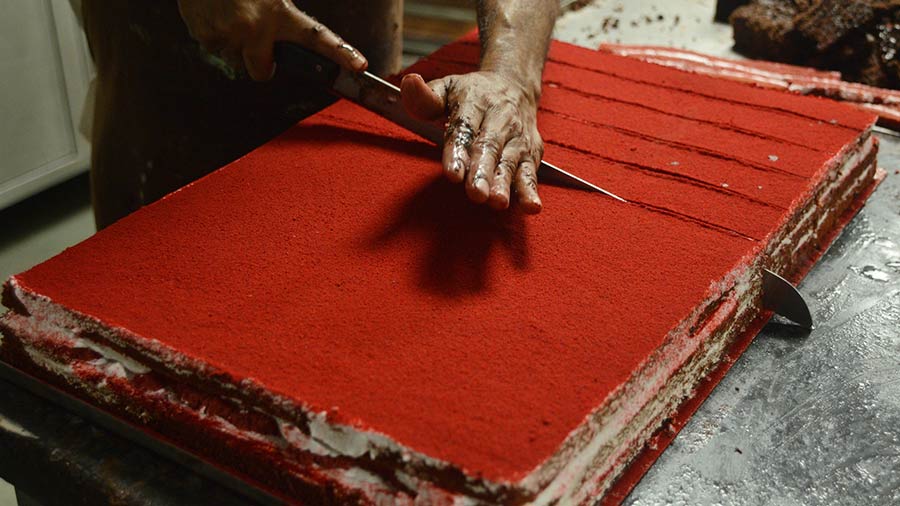
Red velvet pastries in the making at Flury’s
Elaborating on the traditions and legacies, he cited the example of many bakeries still using traditional cooking methods. “Some of the bakeries still use old, wood-fired ovens and it is quite well known that the taste of goods made like this are markedly better than those made with new machinery, however suave. And renowned chefs agree with the fact that the human factor of hand crafting lends a special quality to the final product. It cannot be found in assembly-line, factory-mode mass production. Freshness makes a great difference compared to high-shelf life products with preservatives. In short, the honest and traditional still rule the roost!”
The emergence of home bakers
In the last few years, the city has seen the emergence of many home bakeries. Thanks to social media promotions, home bakers across age groups have a clientele of their own. Reacting to that Mitra said, “The home-bakers and pastry chefs are a delightful fraternity, contributing as an addition to our choices of delicacies but certainly not an alternative or replacement of the bakeries the book presents. For example things like a fine English tea cake, a pound of spongy plum cake, special rich fruit Christmas cakes, chhanar cake, lemon drops, heritage patties, traditional handmade fondant pastries, puffs, fudges, marzipans and peppermints — these are timeless classics made using old recipes are not really offered by home bakers. I feel they are more into fancy and customised cakes and products.”
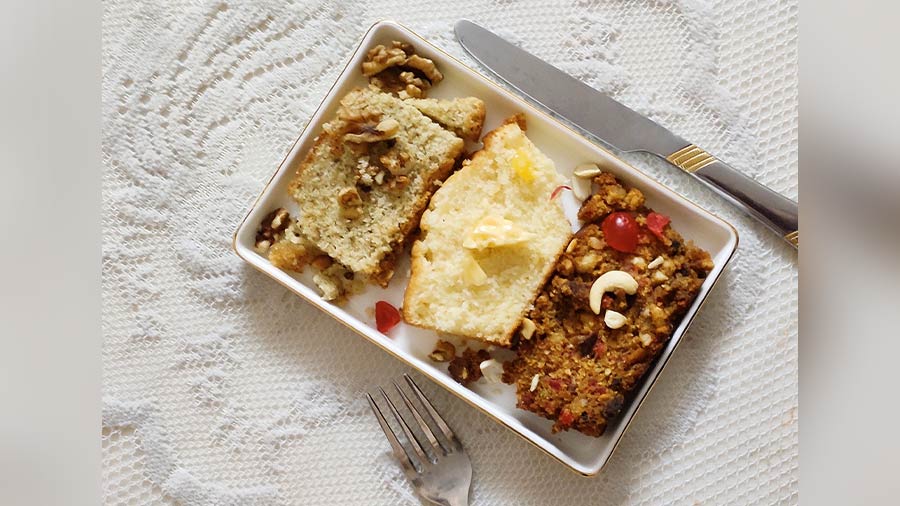
The Walnut Cake, English Tea Cake and Rich Fruit Cake from Saldanha Bakery
The love of baked goodies
So, do the curators love baked goodies or baking? “Yes! We (the entire team behind the book) absolutely love and cherish bakery items, so we were doubly-thrilled in creating this publication! Gouri Basu is a fine, home-baker, herself!” said Mitra.
